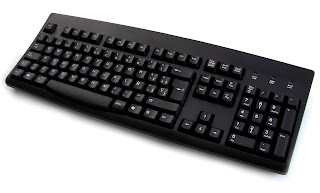Projects,
assignments, or homework are all inevitable things in a student’s life. These things help us students by means of enhancing our
thinking and capabilities, making us more competent individuals. We also learn new things every time we do our
assignments and projects. These two also open new horizons for us students.
One of our performance tasks in ICT is
to make a project that will serve for the purpose of disseminating information
about the different matters on computer hardware servicing. Our teacher
assigned specific topics for each group. For us, Group 1, we have to make a
project that involves information about the different hand tools and their
respective uses. Our teacher gave a certain date that will be allotted for the
creation of our projects which was March 16, 2017.
Our group leader assigned each one of
us a job to do. My task was to provide the descriptions and information about
the hand tools as well as the decorations. We were distracted at first while
doing our project because some of our classmates were watching an anime movie.
The story was intriguing, though, that is why we can’t concentrate on doing our
task. We left the classroom after a few minutes because a certain class from
Grade 11 will occupy it. We continued on doing our project outside the
classroom. We were a bit stressed because our class will perform a dance
presentation in the gym after the last period in the afternoon. Even though the
tension was already present, our group still managed to do our project. We continued on doing our project the following day which was March 17, 2017 and eventually, we finished it.
The whole experience of creating our
performance task in ICT was like a roller coaster ride. It was challenging but
fun considering also that the school year is about to end. The activity also
gave me a chance to bond with my classmates. From the whole experience, I can
say that teamwork is really important in creating group tasks. If your group is
cohesive enough, you’ll surely overcome the challenges and problems present and finish your tasks. I also learned that concentration is very important while
doing tasks of any kind. Having a preoccupied mind can be sometimes or always
disturbing in a sense that it prevents us from giving our best shot in doing
our tasks. Lastly, I learned from the experience the importance of time
management. We should practice proper time management because it can help us in
doing our tasks effectively and efficiently.































